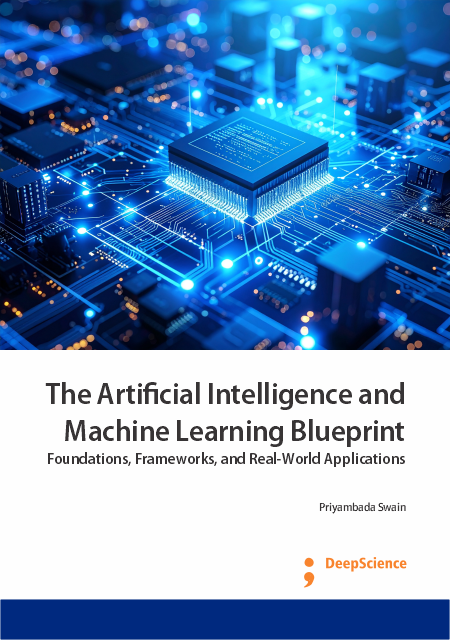Understanding the core algorithms behind machine learning: Key learning algorithms explained
Synopsis
Machine learning is a branch of artificial intelligence. It enables computers to automatically learn and improve from experience without being explicitly programmed [1]. Machine learning algorithms are usually classified into supervised, unsupervised, neural network-based, and reinforcement learning methods. Supervised learning methods build a mathematical model from a set of data that contains both the inputs and the desired outputs. The model is studied to predict the output values for given inputs [1-2]. These methods can also be used to find patterns (usually called classes) in data and assign new data points to one of the predefined classes. The goal of unsupervised learning is to find meaningful patterns in a set of data points that correspond closely to some intuitive notion of similarity. Neural network-based methods belong to the class of algorithms inspired by biological neural networks [2-4]. Neural networks replace a simulated neuron's simple threshold function with a real-valued differentiable function that gives the neuron the ability to output a real number. Reinforcement learning is an area of machine learning concerned with how an agent should take actions in an environment to maximize a reward signal.













